For those looking to get into anime, the sheer length of some of the medium's most famous entries can be something of a turnoff. Friends may enthusiastically recommend Naruto, One Piece, or The Legend of Galactic Heroes, but those shows, classics that they are, have hundreds of episodes, making them something of a time commitment to say the very least.
Maybe a viewer is new to anime and isn't sure that they want to sink that much time into a single piece of media, or maybe they're a longtime fan who simply doesn't have the time or patience to sit through another 70 episodes until they finally reach the story arc their friends keep raving about. Luckily for the time-pressed out there, anime has a lot of excellent shorter shows that aren't held back by their length, coming in at 13 episodes or less.
10 Katanagatari (12 Episodes)
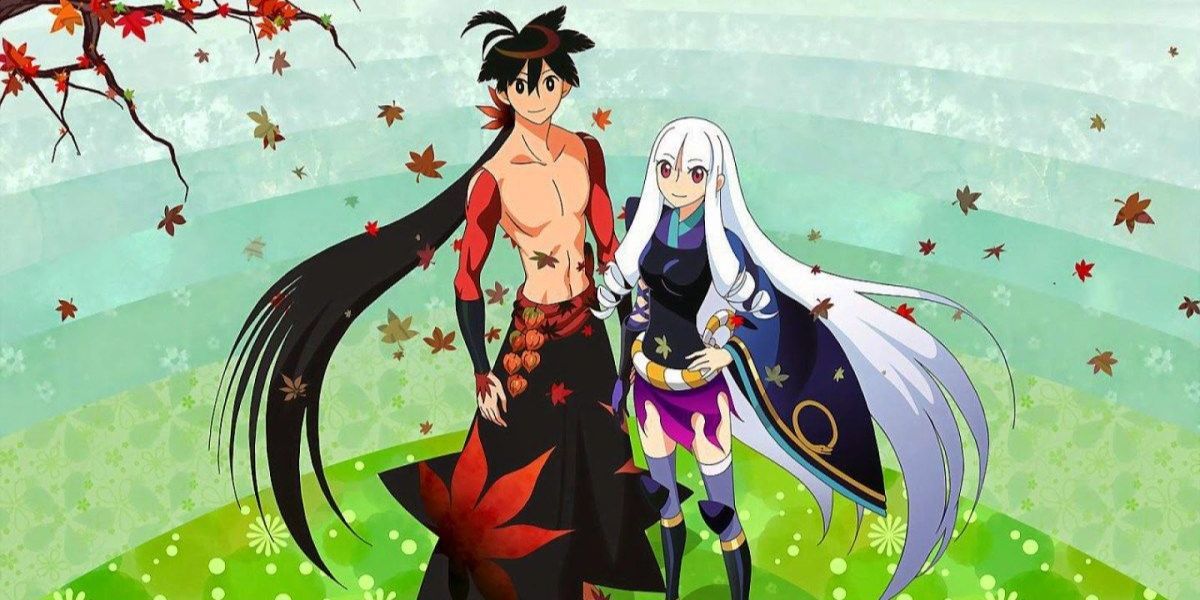
Those who have seen Katanagatari will know that this is probably cheating because although the show is only 12 episodes long, each one runs for around 45 minutes. That's just a minor complaint though.
Adapted from a light novel by Nisio Isin (of Bakemonogatari fame), Katanagatari tells the story of an ambitious woman and her somewhat dull-headed warrior guardian on a quest through Japan to collect 12 legendary blades. The definition of "blade" is stretched somewhat here, as the duo will face living dolls and gun users as part of their quest. Featuring striking character designs, outstanding animation, and engaging dialogue; Katanagatari is not to be missed.
9 Gunbuster & Diebuster (6 Episodes)
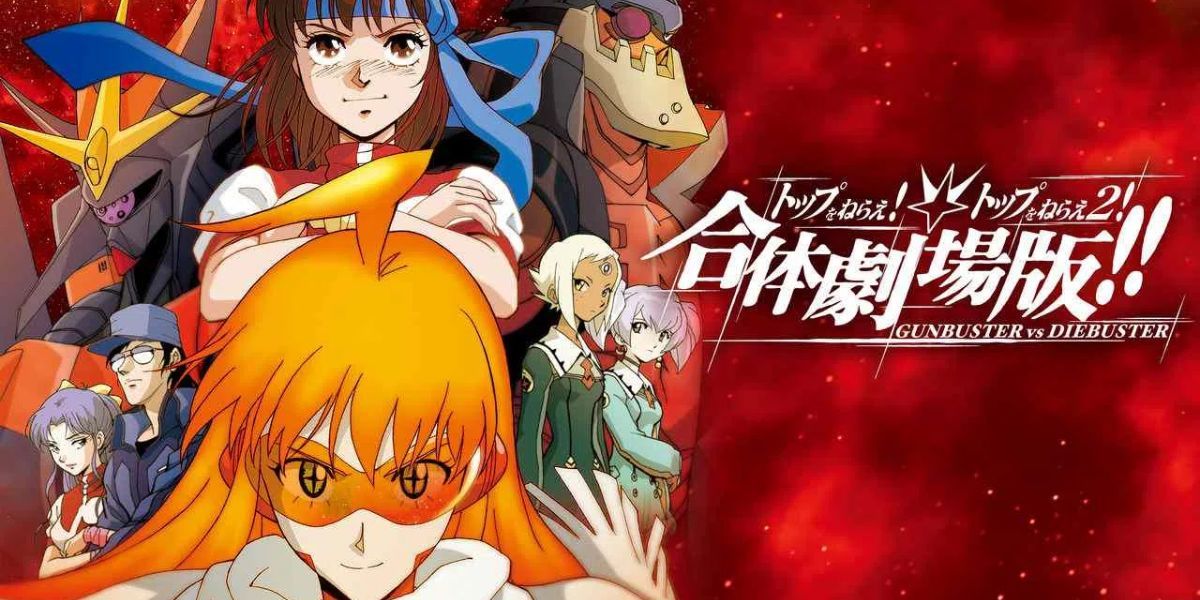
1988's Top wo Nerae! Gunbuster is notable as being an early work from the venerable Studio Gainax, the producer of a range of classics such as Neon Genesis Evangelion and Tengen Toppa Gurren Lagann. Also of note is that Gunbuster is the directorial debut of Hideaki Anno; the mastermind behind Evangelion. Part campy '80s training montage, and part war story about the horrors of relativistic time during space travel, Gunbuster deserves its reputation as a classic.
Gunbuster also has a far newer sequel, also coming in at 6 episodes, in 2004's Diebuster. Although it is somewhat controversial compared to its predecessor on account of its wildly different presentation and tone, the two stories are still parts of a whole, and deserve to be considered on their own merits as well as in relation to one another.
8 Puella Magi Madoka Magica (12 Episodes)
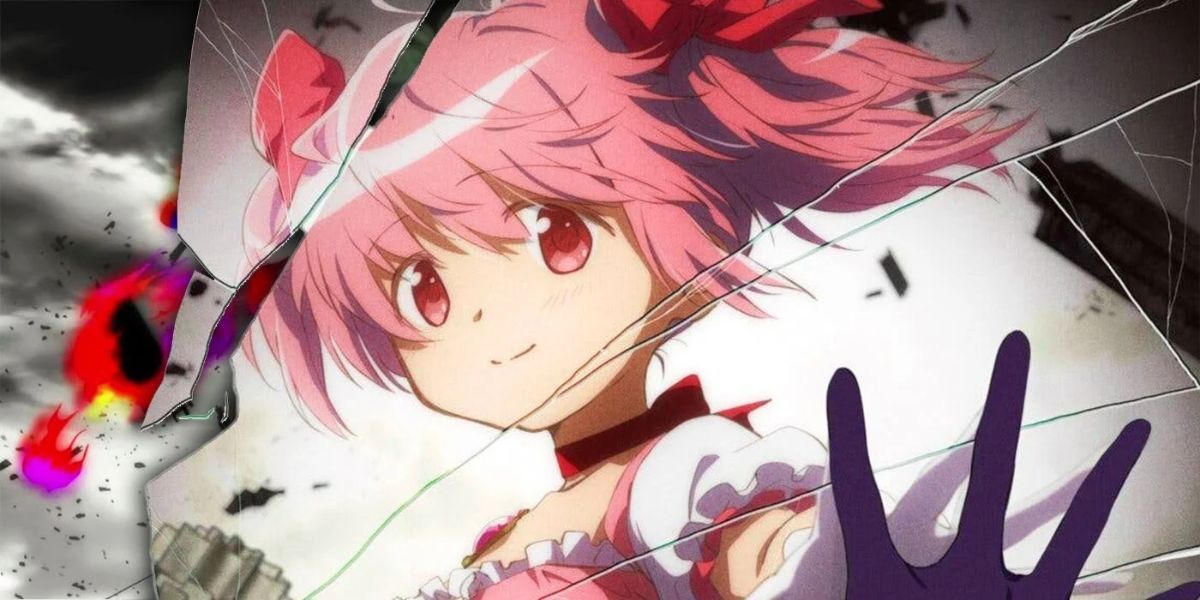
When recommending Madoka, it's best not to say much about it other than to at least watch until episode 3. Madoka challenges the genre in a number of extremely interesting ways, it's just that they don't reveal themselves until a viewer has settled into the show a bit.
Although Madoka works excellently as a self-contained twelve-episode series, there are also a number of sequels and side stories in the forms of movies and other adaptations. Fans typically consider some of these entries to be essential viewing, so those who find themselves wanting more can continue happily after finishing the original series.
7 FLCL (6 Episodes)
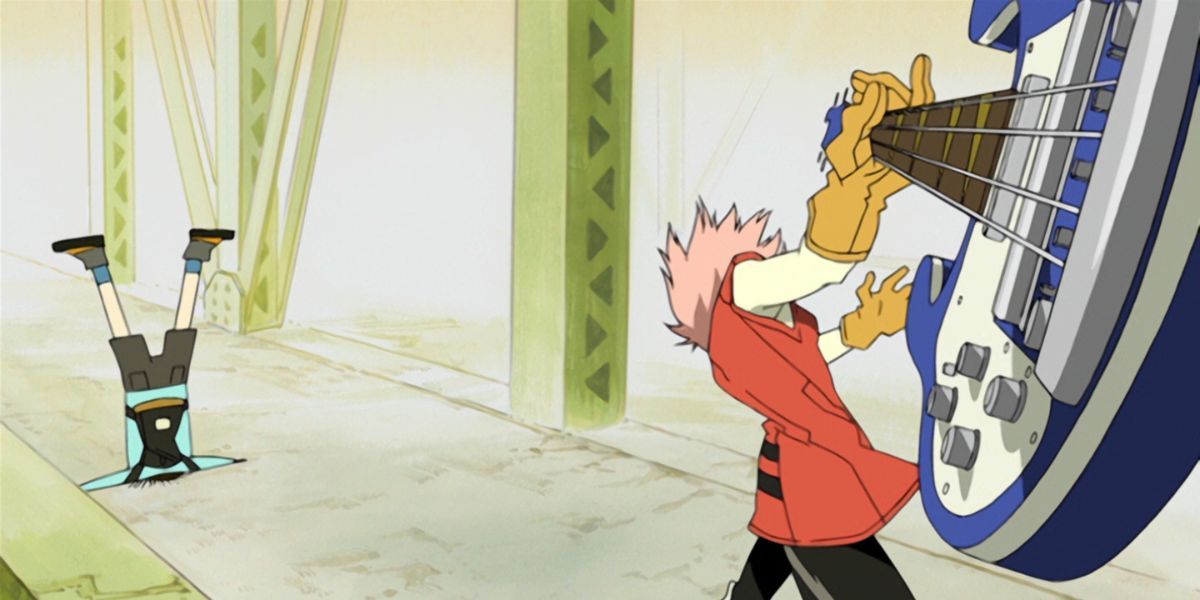
Combining an outlandish visual style with wild setpieces and excellent animation, FLCL (or Fooly Cooly) is one of the best-regarded OVA offerings from Studio Gainax. Naota is an ordinary boy living in an ordinary town, that is until a woman from space strikes him in the face with a guitar, which in turn leads him to sprout a fighting robot from his forehead.
Although its presentation and concepts might be bizarre at face value, FLCL is actually a surprisingly mature exploration of the transition into adulthood, and what exactly adulthood ought to look like once one actually gets there. It's a classic, and it's only six episodes, so there isn't really a good reason not to watch it.
6 Kaiba (12 Episodes)
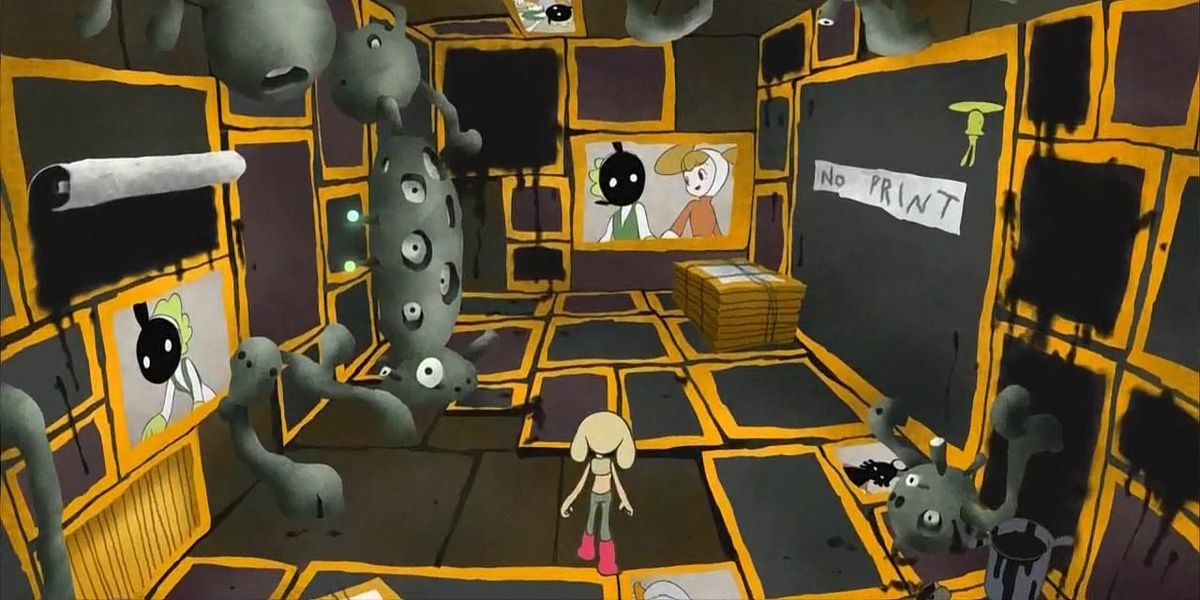
Don't be deceived by the distinctly simple and disarming aesthetics of Kaiba: this is a show that isn't afraid to venture into the territory of the thoroughly dark and tragic. The show's characters inhabit a world where memories can be stored in special chips, allowing eternal life for a select few. The protagonist wakes without memories; his only possession being a locket with a photo of a woman in it, and things escalate from there.
Touching on the role memory plays in the nature of being, and on class divisions and the conflicts they create, Kaiba is as visually inventive as it is thematically engaging.
5 A Place Further Than The Universe (13 Episodes)
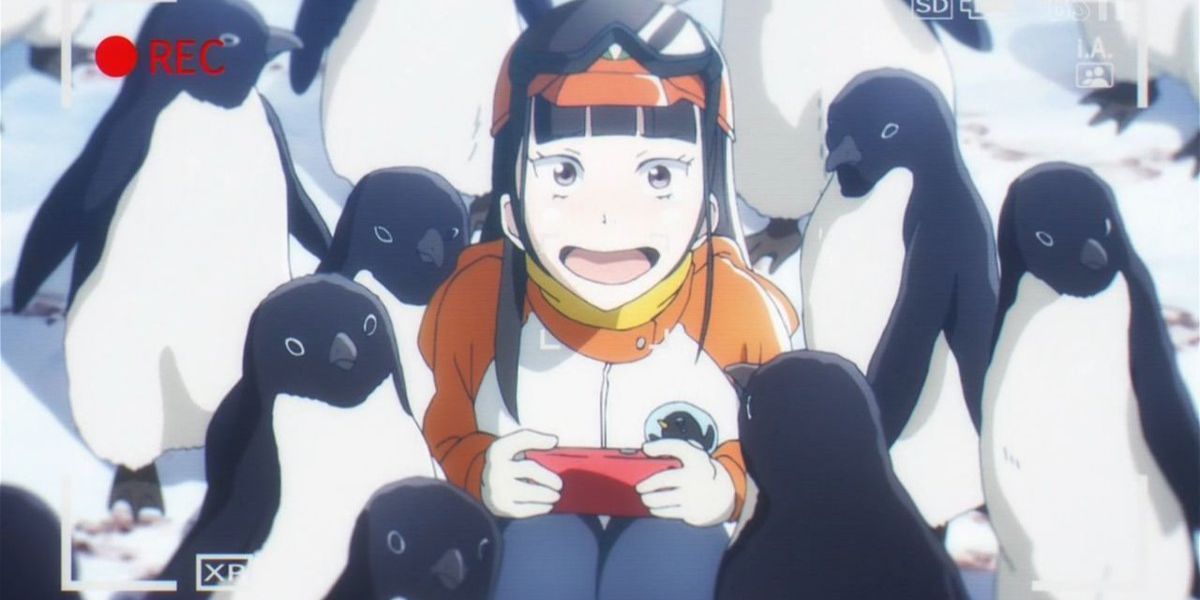
Four high school girls pursue a seemingly impossible goal to great lengths and with great determination in A Place Further Than The Universe, with the "place" in question being Antarctica. Despite the seemingly outlandish setup to the anime, the procedural struggles that the characters have to go through feel extremely realistic, making the show overall seem believable and compelling.
Watching the characters develop individually and as a group is a joy as well; in just twelve episodes the audience comes to know them exceptionally well, and an emotionally charged climax seals the deal on an inspiring and uplifting anime.
4 Tatami Galaxy (11 Episodes)
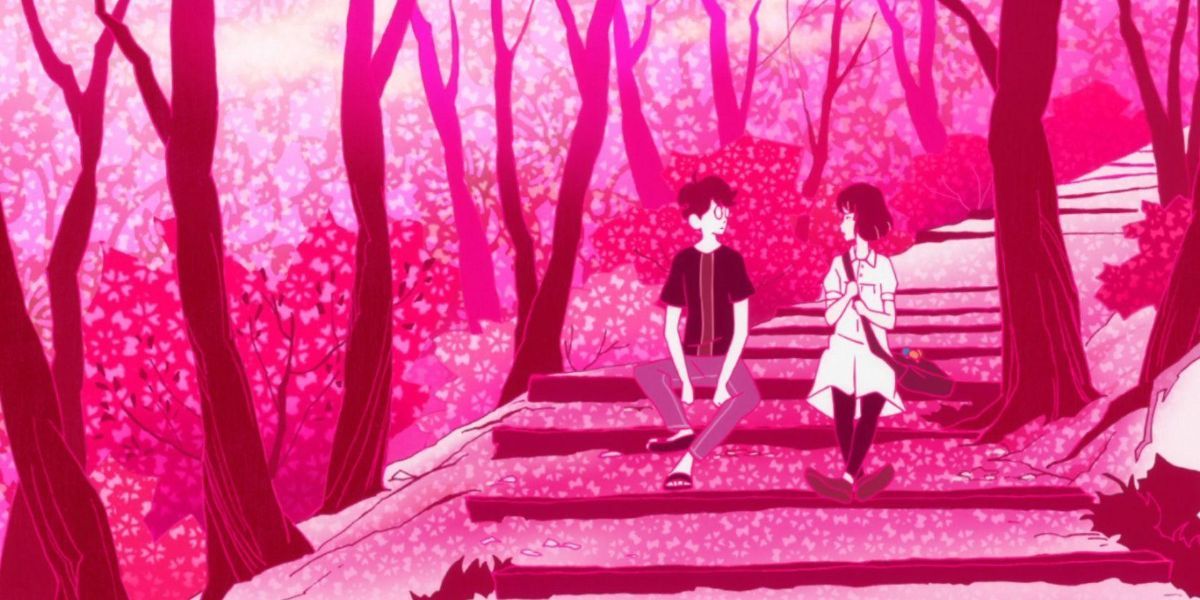
Fans of the romance/college slice-of-life/existential time-loop nightmare genre look no further: Tatami Galaxy has it all. Directed by visionary industry veteran Masaaki Yuasa (director of Devilman Crybaby, among others), Tatami Galaxy's unique aesthetics, funky tone, and memorable structure make it beloved among anime fans the world over (and will teach those that haven't already learned how to read subtitles quickly).
It's also a pretty weird show but in the best possible way. The show follows a college student hopelessly in love as he attempts to secure his love life, but there's also a malicious demon-boy set to thwart him at every turn. Oh, also he's caught in an endlessly repeating time-loop, which complicates things but is also a huge part of the reason why the show's structure is so interesting.
3 Haibane Renmei (13 Episodes)
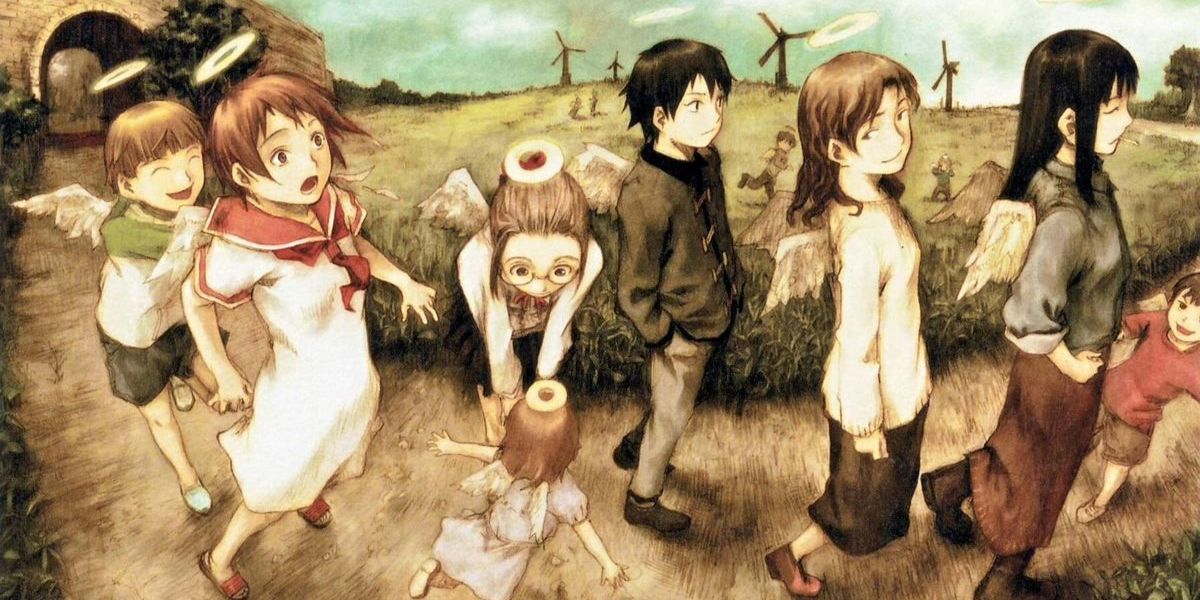
One of the most deeply imaginative works to ever be produced in anime, Haibane Renmei tells the story of a young girl without memories of her past, born as a being called a "Haibane" in an unfamiliar world. The show follows the main character, named Rakka, as she learns more about her fellow Haibane, as well as the mysteries that seem to pervade this new world.
Haibane Renmei thrives in subtlety, and as such, it can be difficult to explain what makes the show so great without revealing too much about it. Be assured, though, that although it might be a slow burn, the show's fixation on the internal conflicts of its cast produces some exceptionally nuanced characters. Add in an engrossing and unique setting, and Haibane Renmei becomes a must-see.
2 Sora No Woto (12 Episodes)
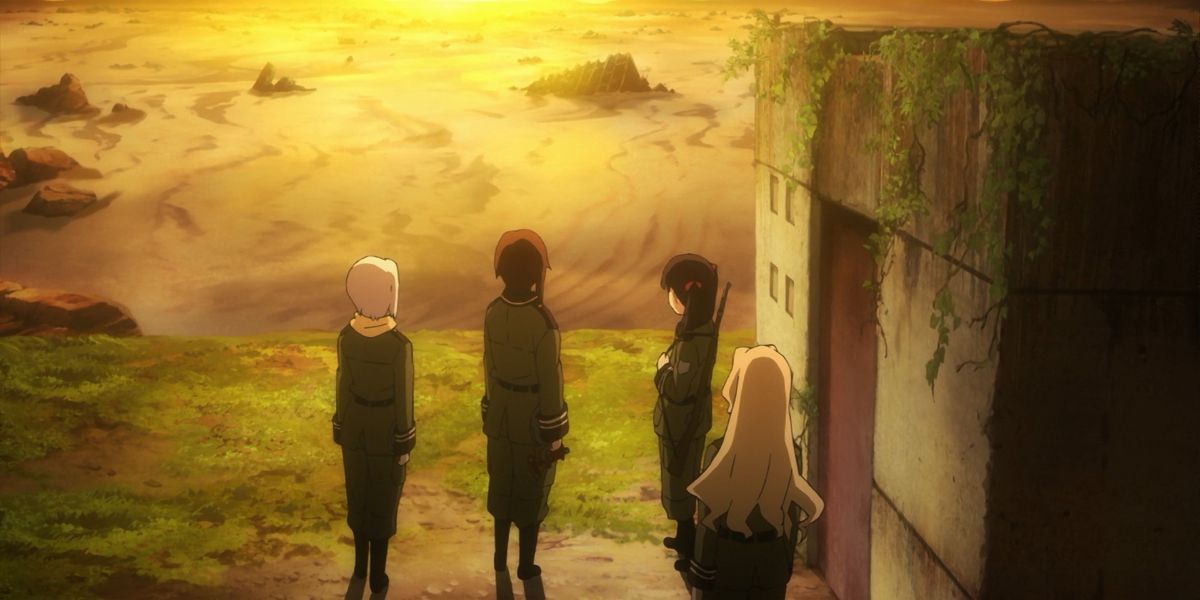
Set in a world caught up in a slow decline, five young soldiers man an unimportant fort in a faraway town at the tail end of a cataclysmic conflict. Sora no Woto is surely anime's most peaceful war story, and the show is largely content to focus on the day-to-day experiences of its main cast, giving it a sort of slice-of-life tone.
There's an undercurrent of melancholy, though. The backstory of this world is dark, and there's a sense that forces larger than the show's characters are intent on edging the planet closer and closer towards its demise. Still, the show finds beauty in such a setting, stressing that although it might be a world of great sadness, there are still things in it that are worth protecting.
1 Serial Experiments Lain (13 Episodes)
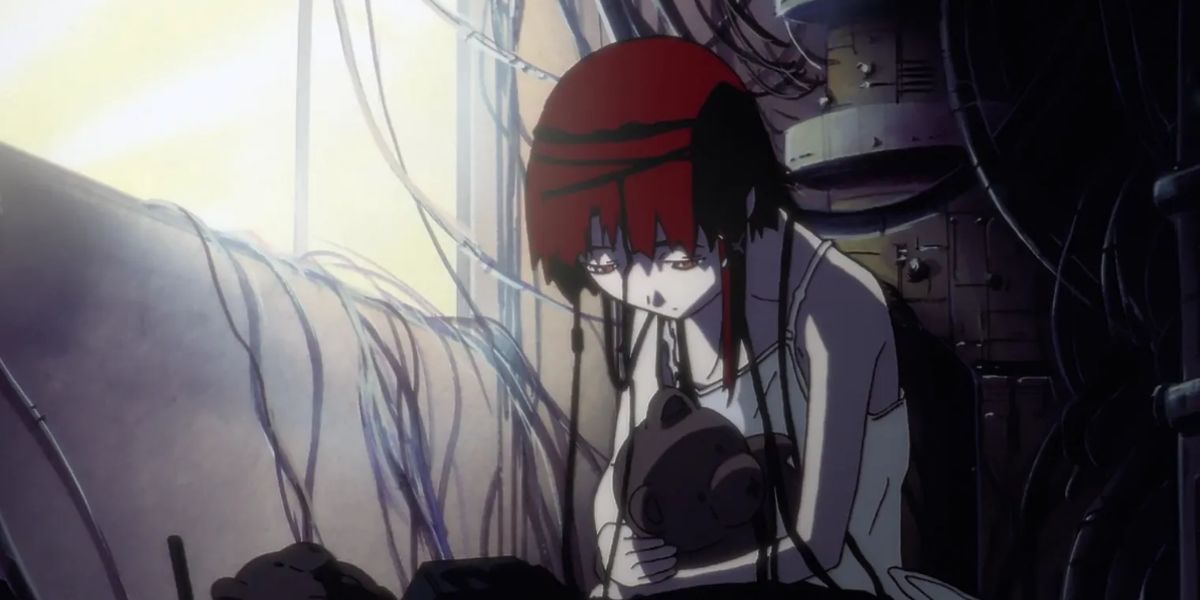
Serial Experiments Lain is a mind-bending anime about the connectivity, as well as alienation, that can be brought about by the increasing interconnectedness of the human race via technology. One of the wildest things about it is that it was produced in 1998, putting it way ahead of its time in terms of predicting how the internet might impact humans as a species.
Fair warning, though, the presentation and story of Lain is shrouded in some deliberately opaque imagery. It's one of the most deeply strange anime out there, and seems to be extremely interested in upending any pretenses of being telling a "normal story." Questions are left unanswered, images are open-ended, and the viewer is ultimately invited to draw their own conclusions from this messed-up techno thriller.
from ScreenRant - Feed https://ift.tt/3oJhn9m

0 Comments